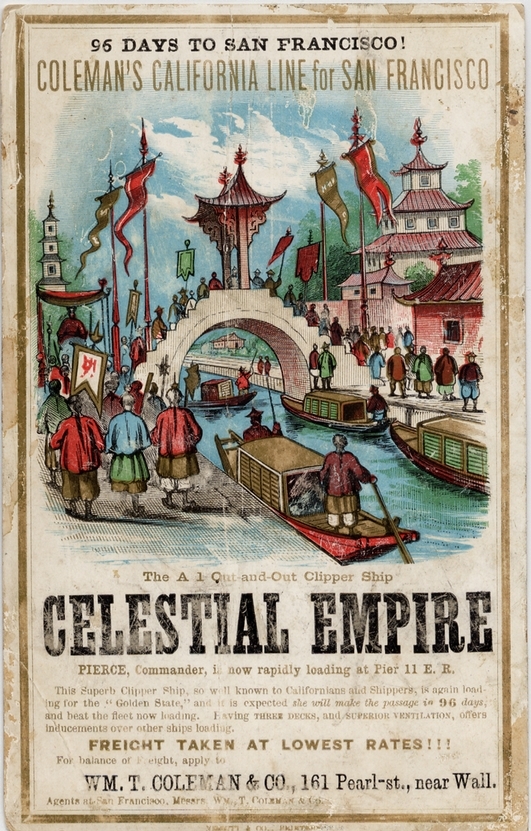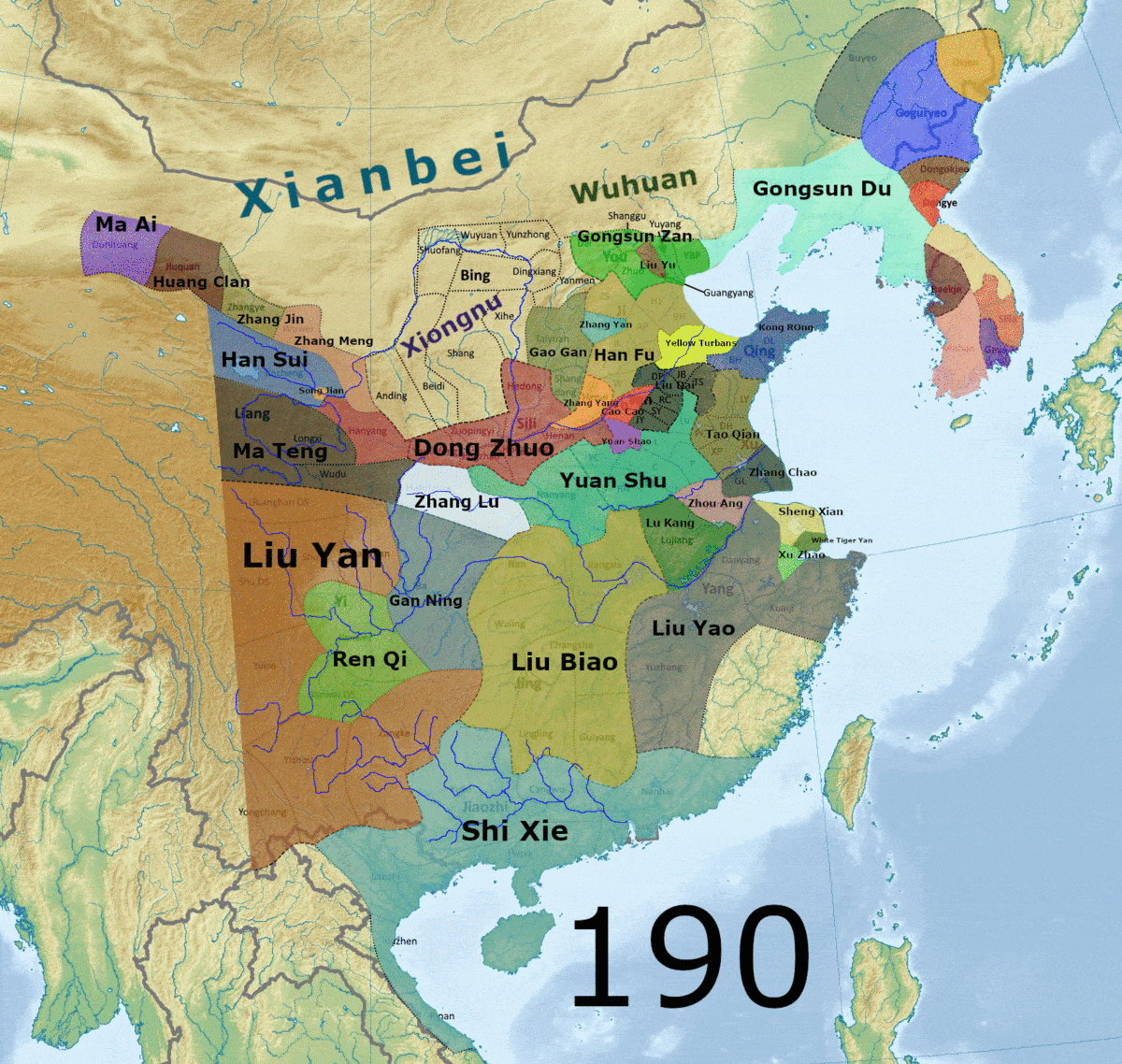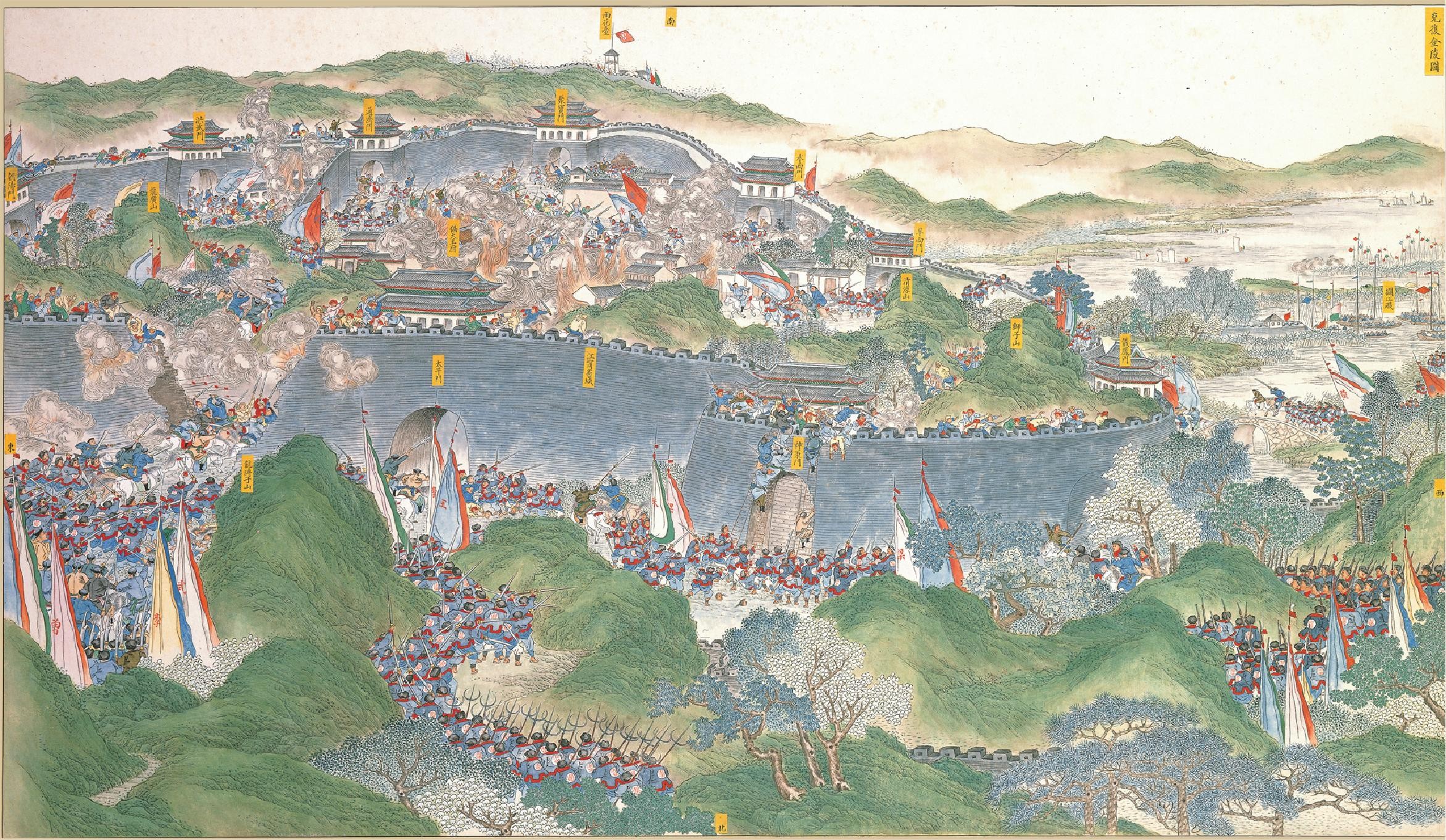|
Tian Chao
Celestial Empire () is an archaic name used to refer to China or the Chinese Empire, from a literary and poetic translation of the Chinese term, one of many names for China. The name was used in reference to the status of the Emperor of China as the Son of Heaven in the Sinosphere. Accordingly, in the 19th century, the name "Celestial" was used to refer to Chinese people. Both terms were widely used in the English-language popular mass media of the day,"The Wyoming Massacre" ''New York Times''; 6 September 1885; pg. 7, ProQuest Historical Newspapers The ''New York Times'' Retrieved 12 March 2007."The Chinese Massacre," ''The National Police Gazette'', September 19, 1885, no. 418, pg 6. but fell into disuse later on. Its usage has become popular again in the present day (2015), particularly among [...More Info...] [...Related Items...] OR: [Wikipedia] [Google] [Baidu] |
Dynasties Of China
For most of its history, China was organized into various dynastic states under the rule of hereditary monarchs. Beginning with the establishment of dynastic rule by Yu the Great , and ending with the abdication of the Xuantong Emperor in AD 1912, Chinese historiography came to organize itself around the succession of monarchical dynasties. Besides those established by the dominant Han ethnic group or its spiritual Huaxia predecessors, dynasties throughout Chinese history were also founded by non-Han peoples. Dividing Chinese history into dynastic epochs is a convenient and conventional method of periodization. Accordingly, a dynasty may be used to delimit the era during which a family reigned, as well as to describe events, trends, personalities, artistic compositions, and artifacts of that period. For example, porcelain made during the Ming dynasty may be referred to as "Ming porcelain". The longest-reigning orthodox dynasty of China was the Zhou dynasty, ruling for a ... [...More Info...] [...Related Items...] OR: [Wikipedia] [Google] [Baidu] |
Li Hongzhang
Li Hongzhang, Marquess Suyi ( zh, t=李鴻章; also Li Hung-chang; February 15, 1823 – November 7, 1901) was a Chinese statesman, general and diplomat of the late Qing dynasty. He quelled several major rebellions and served in important positions in the Qing imperial court, including the Viceroy of Zhili, Viceroy of Huguang, Huguang and Viceroy of Liangguang, Liangguang. Although he was best known in the West for his generally pro-modern stance and importance as a negotiator, Li antagonised the British with his support of Russia as a foil against Japanese expansionism in Manchuria and fell from favour with the Chinese after their defeat in the First Sino-Japanese War. His image in China remains controversial, with criticism on one hand for political and military defeats and praise on the other for his success against the Taiping Rebellion, his diplomatic skills defending Chinese interests in the era of unequal treaties, and his role pioneering China's Kaiping Tramway, i ... [...More Info...] [...Related Items...] OR: [Wikipedia] [Google] [Baidu] |
Manchuria
Manchuria is a historical region in northeast Asia encompassing the entirety of present-day northeast China and parts of the modern-day Russian Far East south of the Uda (Khabarovsk Krai), Uda River and the Tukuringra-Dzhagdy Ranges. The exact geographical extent varies depending on the definition: in the narrow sense, the area constituted by three Chinese provinces of Heilongjiang, Jilin, and Liaoning as well as the eastern Inner Mongolian prefectures of China, prefectures of Hulunbuir, Hinggan League, Hinggan, Tongliao, and Chifeng; in a broader sense, historical Manchuria includes those regions plus the Amur river basin, parts of which were ceded to the Russian Empire by the Manchu-led Qing dynasty during the Amur Annexation of 1858–1860. The parts of Manchuria ceded to Russia are collectively known as Outer Manchuria or Russian Manchuria, which include present-day Amur Oblast, Primorsky Krai, the Jewish Autonomous Oblast, the southern part of Khabarovsk Krai, and the easter ... [...More Info...] [...Related Items...] OR: [Wikipedia] [Google] [Baidu] |
Manchu People
The Manchus (; ) are a Tungusic peoples, Tungusic East Asian people, East Asian ethnic group native to Manchuria in Northeast Asia. They are an officially recognized Ethnic minorities in China, ethnic minority in China and the people from whom Manchuria derives its name. The Later Jin (1616–1636), Later Jin (1616–1636) and Qing dynasty, Qing (1636–1912) dynasties of China were established and ruled by the Manchus, who are descended from the Jurchen people who earlier established the Jin dynasty (1115–1234), Jin dynasty (1115–1234) in northern China. Manchus form the largest branch of the Tungusic peoples and are distributed throughout China, forming the fourth largest ethnic group in the country. They are found in 31 Chinese provincial regions. Among them, Liaoning has the largest population and Hebei, Heilongjiang, Jilin, Inner Mongolia and Beijing have over 100,000 Manchu residents. About half of the population live in Liaoning and one-fifth in Hebei. There are a ... [...More Info...] [...Related Items...] OR: [Wikipedia] [Google] [Baidu] |
Yellow River
The Yellow River, also known as Huanghe, is the second-longest river in China and the List of rivers by length, sixth-longest river system on Earth, with an estimated length of and a Drainage basin, watershed of . Beginning in the Bayan Har Mountains, the river flows generally eastwards before entering the long Ordos Loop, which runs northeast at Gansu through the Ordos Plateau and turns east in Inner Mongolia. The river then turns sharply southwards to form the border between Shanxi and Shaanxi, turns eastwards at its confluence with the Wei River, and flows across the North China Plain before emptying into the Bohai Sea. The river is named for the yellow color of its water, which comes from the large amount of sediment discharged into the water as the river flows through the Loess Plateau. The Yellow River basin was the birthplace of Yellow River civilization, ancient Chinese civilization. According to traditional Chinese historiography, the Xia dynasty originated on it ... [...More Info...] [...Related Items...] OR: [Wikipedia] [Google] [Baidu] |
Zhou Dynasty
The Zhou dynasty ( ) was a royal dynasty of China that existed for 789 years from until 256 BC, the longest span of any dynasty in Chinese history. During the Western Zhou period (771 BC), the royal house, surnamed Ji, had military control over territories centered on the Wei River valley and North China Plain. Even as Zhou suzerainty became increasingly ceremonial over the following Eastern Zhou period (771–256 BC), the political system created by the Zhou royal house survived in some form for several additional centuries. A date of 1046 BC for the Zhou's establishment is supported by the Xia–Shang–Zhou Chronology Project and David Pankenier, but David Nivison and Edward L. Shaughnessy date the establishment to 1045 BC. The latter Eastern Zhou period is itself roughly subdivided into two parts. During the Spring and Autumn period (), power became increasingly decentralized as the authority of the royal house diminished. The Warring States ... [...More Info...] [...Related Items...] OR: [Wikipedia] [Google] [Baidu] |
Three Kingdoms
The Three Kingdoms of Cao Wei, Shu Han, and Eastern Wu dominated China from AD 220 to 280 following the end of the Han dynasty. This period was preceded by the Eastern Han dynasty and followed by the Jin dynasty (266–420), Western Jin dynasty. Academically, the periodisation begins with the establishment of Cao Wei in 220 and ends with the conquest of Wu by Jin in 280. The period immediately preceding the Three Kingdoms, from 184 to 220, was marked by chaotic infighting among warlords across China as Han authority collapsed. The period from 220 to 263 was marked by a comparatively stable arrangement between Cao Wei, Shu Han, and Eastern Wu. This stability broke down with the conquest of Shu by Wei in 263, followed by the usurpation of Cao Wei by Jin in 266 and ultimately the conquest of Wu by Jin in 280. The Three Kingdoms period including the collapse of the Han was one of the most dangerous in Chinese history due to multiple plagues, widespread famines, and civil war. A n ... [...More Info...] [...Related Items...] OR: [Wikipedia] [Google] [Baidu] |
Warring States Period
The Warring States period in history of China, Chinese history (221 BC) comprises the final two and a half centuries of the Zhou dynasty (256 BC), which were characterized by frequent warfare, bureaucratic and military reforms, and struggles for greater hegemonic influence among the ancient Chinese states, various autonomous feudal states of the Eastern Zhou dynasty. It followed the Spring and Autumn period and concluded with the eventual unification of China by the western state of Qin (state), Qin under Qin Shi Huang, who Qin's wars of unification, conquered all other contender states by 221 BC and found the Qin dynasty, the first history of China#Imperial China, imperial dynasty in East Asian history. While scholars have identified several different dates as marking the beginning of the Warring States period, Sima Qian's choice of 475 BC, the first year of King Yuan of Zhou's reign, is the most often cited due to the paucity of preceding annals after th ... [...More Info...] [...Related Items...] OR: [Wikipedia] [Google] [Baidu] |
Huai Army
The Huai Army (), named for the Huai River, was a military force allied with the Qing dynasty raised to contain the Taiping Rebellion in 1862. It was also called the Anhui Army because it was based in Anhui province. It helped to restore the stability of the Qing dynasty. Unlike the traditional Green Standard Army or Eight Banners forces of the Qing, the Huai Army was largely a militia army, based on personal rather than institutional loyalties. It was armed with a mixture of traditional and modern weapons. Li Hongzhang, a commander in the Xiang Army, created the Huai Army in October 1861. It succeeded Zeng Guofan’s Xiang Army. The Huai Army itself was succeeded by the New Army and the Beiyang Army, which were created in the late 19th century, though it continued to exist until the end of the dynasty in 1911. Founding Before recovering Anqing in late 1861, Zeng Guofan ordered his student Li Hongzhang to bring some of the Xiang Army back to Anhui, Li's homeland, for military se ... [...More Info...] [...Related Items...] OR: [Wikipedia] [Google] [Baidu] |
Xiang Army
file:Zeng Guofan.png, 150px, Zeng Guofan, the leader of the Xiang Army The Xiang Army or Hunan Army () was a standing army organized by Zeng Guofan from existing regional and village militia forces called ''tuanlian'' to contain the Taiping Rebellion in Qing dynasty, Qing China (1850 to 1864). The name is taken from the Hunan region where the Army was raised. The Army was financed through local nobles and gentry, as opposed to through the centralized Manchu-led Qing dynasty. The army was mostly disbanded by Zeng after the Third Battle of Nanking, re-capture of the Taiping capital at Nanking. Although it was raised specifically to address problems in Hunan, the Army formed the core of the new Qing military establishment, and as such, forever weakened the Manchu influence within the military (Eight Banners). This devolution of centralized command is commonly pointed to as a major reason for the eventual downfall of the Qing and the emergence of regional warlordism in China during th ... [...More Info...] [...Related Items...] OR: [Wikipedia] [Google] [Baidu] |
Military Of The Qing Dynasty
The Qing dynasty (1644–1912) was established by conquest and maintained by armed force. The founding emperors personally organized and led the armies, and the continued cultural and political legitimacy of the dynasty depended on their ability to defend the country from invasion and expand its territory. Military institutions, leadership, and finance were fundamental to the dynasty's initial success and ultimate decay. The early military system centered on the Eight Banners, a hybrid institution that also played social, economic, and political roles. The use of gunpowder during the High Qing can compete with the three gunpowder empires in western Asia. However, the military technology of the European Industrial Revolution made China's armament and military rapidly obsolete. By the middle of the 18th century, the military of the Qing dynasty numbered over 200,000 bannermen and 600,000 Green Standard troops. The Qing navy became the largest in East Asia, but its organizatio ... [...More Info...] [...Related Items...] OR: [Wikipedia] [Google] [Baidu] |
Self-Strengthening Movement
The Self-Strengthening Movement, also known as the Westernization or Western Affairs Movement (–1895), was a period of reforms initiated during the late Qing dynasty following the military disasters of the Opium Wars and Taiping Rebellion. The British and French Old Summer Palace#Destruction, burning of the Old Summer Palace in 1860 as Taiping Rebellion, Taiping rebel armies marched north, forced the imperial court to acknowledge the crisis. In 1861, Prince Gong and Grand Councilor Wenxiang, Wen Xiang proposed establishing an office to direct foreign affairs. Prince Gong was made regent, Grand Council (Qing dynasty), Grand Councilor, and head of the newly formed Zongli Yamen (a ''de facto'' foreign affairs ministry). Local Han Chinese officials such as Zeng Guofan established private westernized militias in prosecuting the war against the rebels. Zeng and his armies eventually defeated the rebels and prosecuted efforts to import Western military technology and to translate Wester ... [...More Info...] [...Related Items...] OR: [Wikipedia] [Google] [Baidu] |











